The Enduring Charm of Small Angel Figurines: A Comprehensive Guide
Small angel figurines have long captivated the hearts of collectors and enthusiasts around the world. These delicate figures, representing everything from divine messengers to symbols of peace and protection, hold a special place in homes and hearts. Whether cherished as a collectible, given as a thoughtful gift, or used as a festive decoration, these small statues offer a unique blend of artistry, history, and spiritual significance. This guide explores every facet of small angel figurines, from their ancient origins to the joys of modern-day collecting.
A Rich History: The Evolution of Angel Imagery
The depiction of angels has been a cornerstone of religious and artistic expression for centuries. The journey from scriptural description to tangible figurine is a fascinating one:
- Early Origins: The earliest Christian art, found in places like the Catacombs of Priscilla (mid-3rd century), depicted angels in human form, often without wings, emphasizing their role as divine messengers in the “likeness of man.”
- The Introduction of Wings: It wasn’t until the late 4th century, on artifacts like the Prince’s Sarcophagus, that angels began to be regularly depicted with wings. This artistic choice was heavily influenced by earlier winged figures in Greek and Roman art, such as Nike, the goddess of victory, symbolizing transcendence and divine speed.
- Artistic Flourishing: Throughout the Byzantine, Medieval, and Renaissance periods, angels became central figures in paintings, mosaics, and sculptures. Artists like Fra Angelico and Michelangelo imbued them with grace and humanity. During the Italian Renaissance, the classical putto (a chubby, winged infant) was revived and often used to represent cherubs, adding a sense of innocence and playfulness to religious art.
- The Rise of Collectibles: By the 19th century, with the advent of mass production, angel figurines became accessible to the general public. They became popular Christmas decorations in Victorian England and were soon produced by renowned porcelain and ceramic companies, cementing their status as cherished collectibles.
The Symbolism of Angel Figurines
Beyond their decorative appeal, angel figurines are rich with symbolic meaning, often representing universal human values and beliefs:
- Protection and Guidance: The most common association is with guardian angels, believed to watch over and protect individuals. This makes them popular gifts for newborns, children, and loved ones facing challenges.
- Hope and Comfort: In times of grief or uncertainty, an angel figurine can serve as a powerful symbol of hope, comfort, and the belief in a benevolent spiritual presence.
- Purity and Innocence: Cherubs and baby angel designs evoke a sense of purity, innocence, and joy. They are often associated with love and are popular for occasions like weddings and Valentine’s Day.
- Faith and Spirituality: For many, these figurines are a tangible connection to their faith and a reminder of the divine. They can serve as focal points for prayer and meditation.
- Peace and Serenity: The graceful forms and peaceful expressions of angel statues can bring a sense of calm and tranquility to any space, making them a popular choice for home and garden decor.
An Array of Styles and Designs
The world of small angel figurines is incredibly diverse, with designs to suit every taste and occasion.
- Common Types: Popular designs include serene guardian angels, playful cherubs (or putti), and archangels like Michael, who symbolizes strength and protection.
- Christmas Angels: A significant category includes angels designed specifically for the holidays. These are often used as tree toppers or ornaments and may be depicted playing musical instruments or singing.
- Whimsical and Modern Designs: The category has expanded to include whimsical interpretations, such as animal angels (cats, dogs, and bears with wings and halos) and minimalist, modern designs that focus on form and emotion over intricate detail.
Materials and Craftsmanship
The material used to create an angel figurine significantly impacts its appearance, feel, and value.
- Porcelain and Ceramic: Prized for its delicate beauty and ability to hold fine detail, porcelain is a traditional material used by high-end manufacturers. Ceramic offers a similar feel and is widely used for both vintage and modern pieces.
- Resin: A highly versatile and affordable material, polyresin allows for a great level of detail and is the most common material for modern collectible figurines. It can be finished to resemble stone, metal, or wood.
- Crystal and Glass: These materials lend an ethereal, luminous quality to angel figurines, catching the light beautifully.
- Wood: Hand-carved wooden angels, particularly from regions with strong woodworking traditions like Val Gardena in Italy, are treasured for their rustic charm and unique artistry.
- Pewter and Metal: These materials give figurines a sense of permanence and an antique feel. They are often used for smaller, more detailed pieces.
Renowned Makers and Brands
For serious collectors, the manufacturer’s mark is a key indicator of quality and value. Some of the most famous names include:
- Lladró: This Spanish company is famous for its high-quality porcelain figurines with a distinctive pastel color palette and smooth, glossy finish.
- Hummel: Based on the drawings of Sister Maria Innocentia Hummel, these German-made porcelain figurines are known for their childlike innocence and have been popular collectibles for decades.
- Precious Moments: Characterized by their teardrop-shaped eyes and soft colors, these porcelain figurines convey heartfelt emotional messages.
- Willow Tree: Artist Susan Lordi carves the originals of each Willow Tree figure, which are then cast in resin and hand-painted. They are known for their simple, gesture-based designs that express universal emotions.
- Jim Shore: Combining folk-art motifs with intricate patterns, Jim Shore’s resin angels are vibrant, unique, and highly sought after.
- Vintage Japanese Makers: In the mid-20th century, companies like Napco and Lefton produced a vast number of charming and kitschy ceramic angels that are now popular vintage collectibles.
The Art of Collecting
Starting a collection of angel figurines can be a rewarding hobby. Here are some tips for aspiring collectors:
- Define Your Focus: With so many options, it helps to narrow your focus. You might collect angels from a specific brand (like Lladró), a particular material (like crystal), a certain theme (like Christmas angels), or a specific era (like vintage 1950s figurines).
- Where to Find Them: Angel figurines can be found in specialty gift shops, antique stores, at flea markets, and through online auction sites and marketplaces.
- Check for Condition: When buying vintage or secondhand pieces, inspect them carefully for chips, cracks, or repairs, as this can significantly affect their value. Look for the maker’s mark, usually on the bottom of the figurine.
- Display and Care: To protect your collection, display your figurines in a curio cabinet or on a sturdy shelf away from direct sunlight, which can cause colors to fade. Dust them gently with a soft brush to keep them looking their best.
Whether you are drawn to their historical significance, their spiritual symbolism, or their simple artistic beauty, small angel figurines offer a world of wonder in a tiny package. They are more than just objects; they are small tokens of hope, comfort, and grace that continue to inspire collectors everywhere.

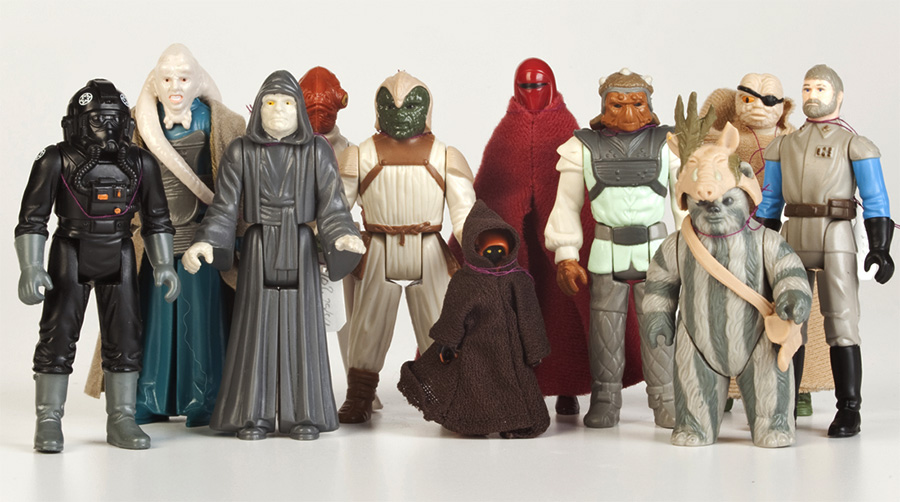
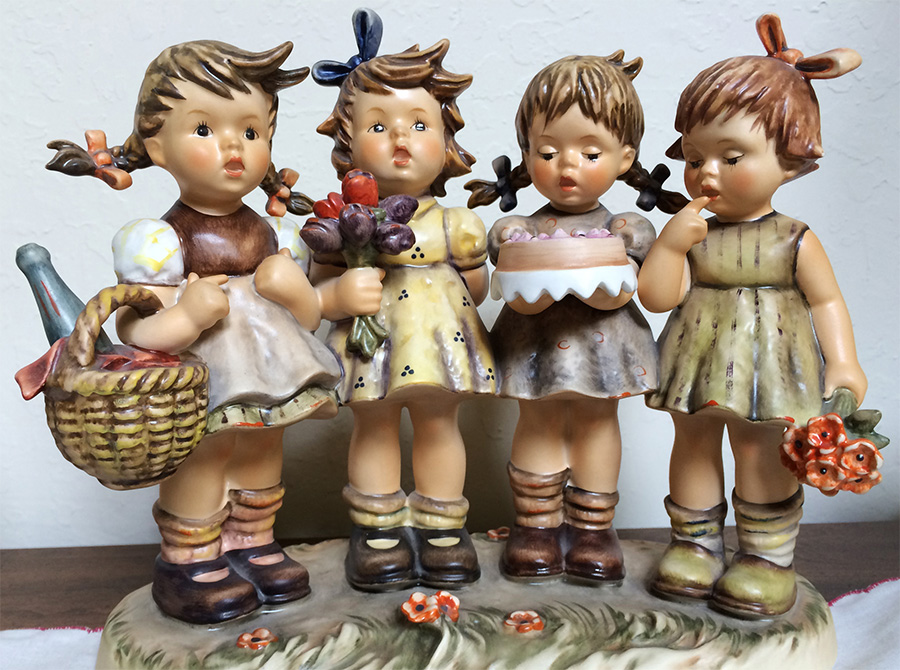
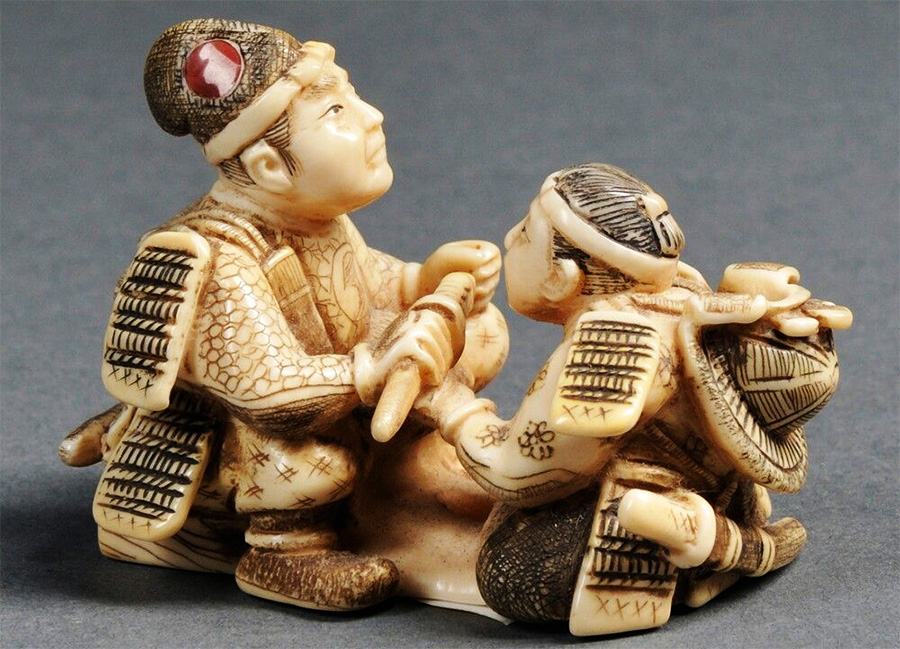
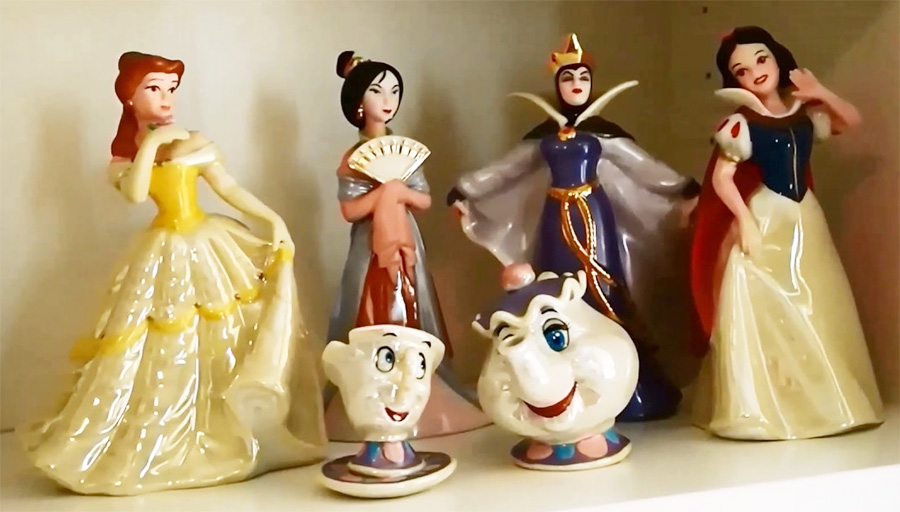
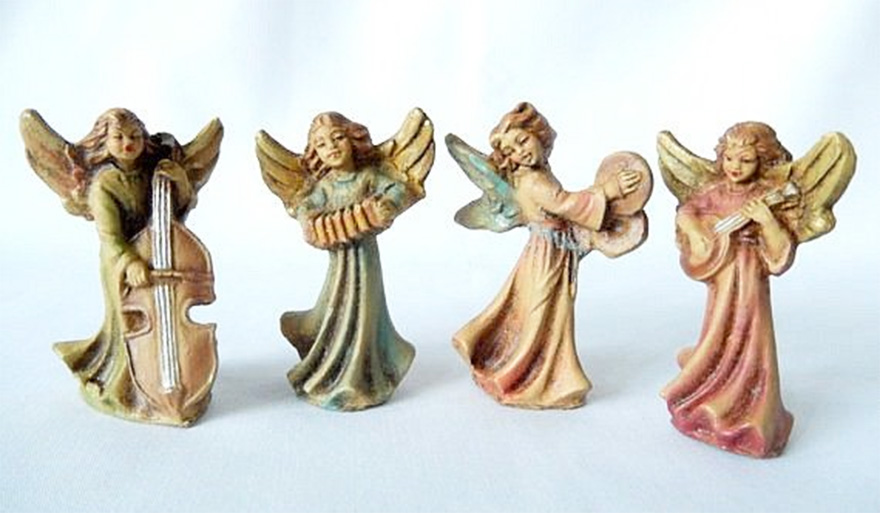

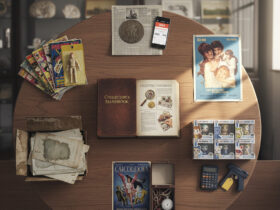
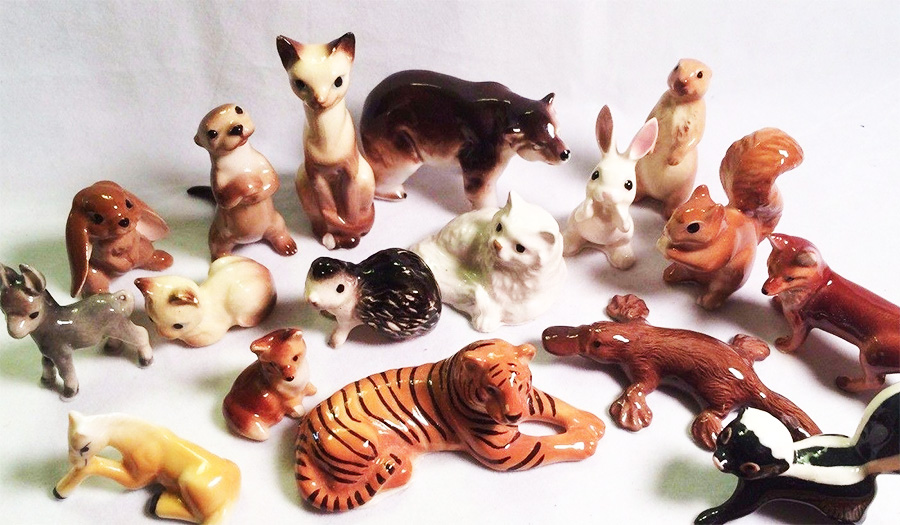
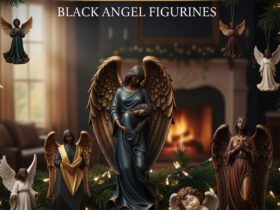
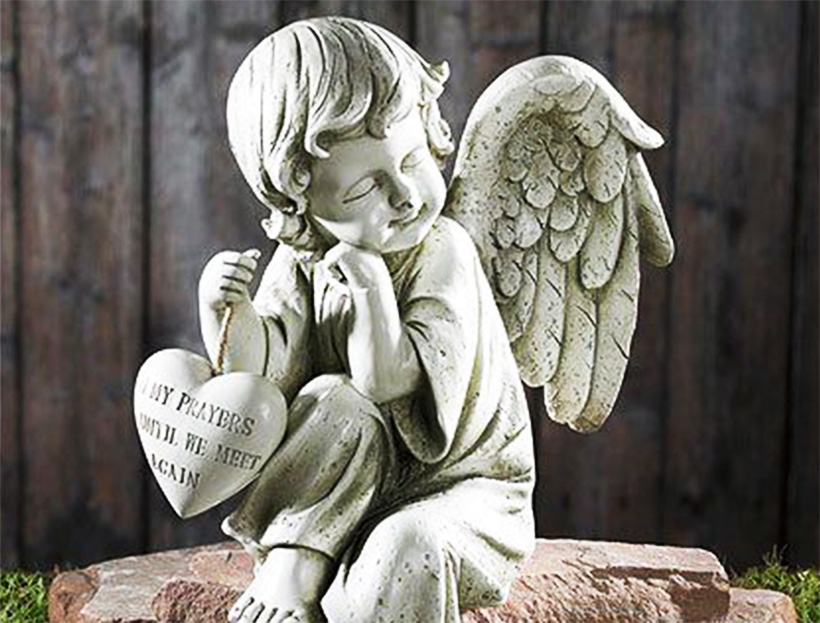
Leave a Reply